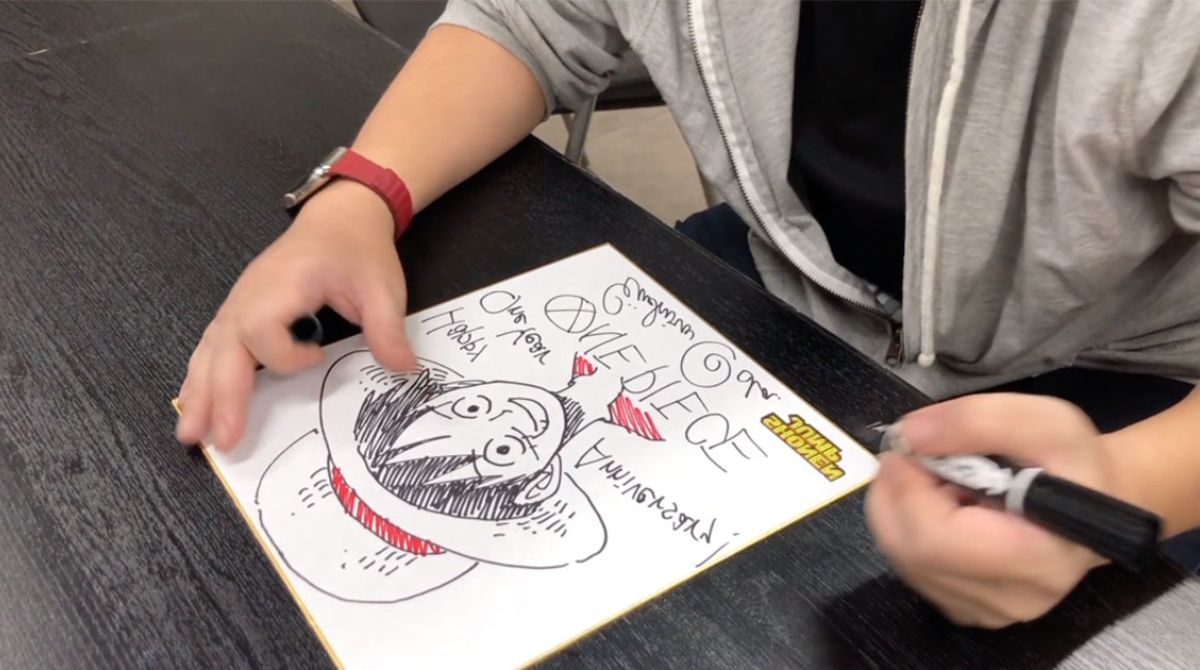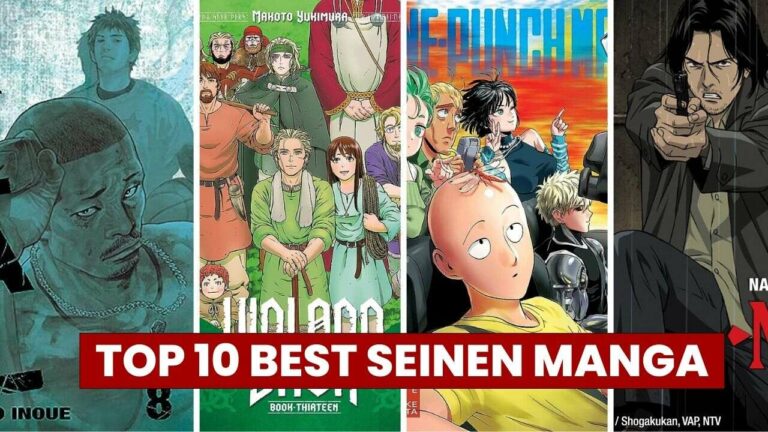Mangaka, also referred to as manga artists, are the skilled creators responsible for drawing and writing the stories of Japanese comics known as manga.
Their artistic talents bring to life inventive worlds full of compelling characters that capture readers’ imaginations.
Most mangaka start out as assistants before eventually working on their own series. It takes dedication and persistence to succeed in the manga industry.
The top manga artists become stars not only in Japan but also in the entire world through their serialized stories and beloved creations.
Though it requires hard work and long hours, manga artists get to share their creative visions with enthusiastic fans.
The mark of a successful manga artist is their ability to craft engaging narratives fused with appealing artwork that connects with readers.
Mangaka Meaning
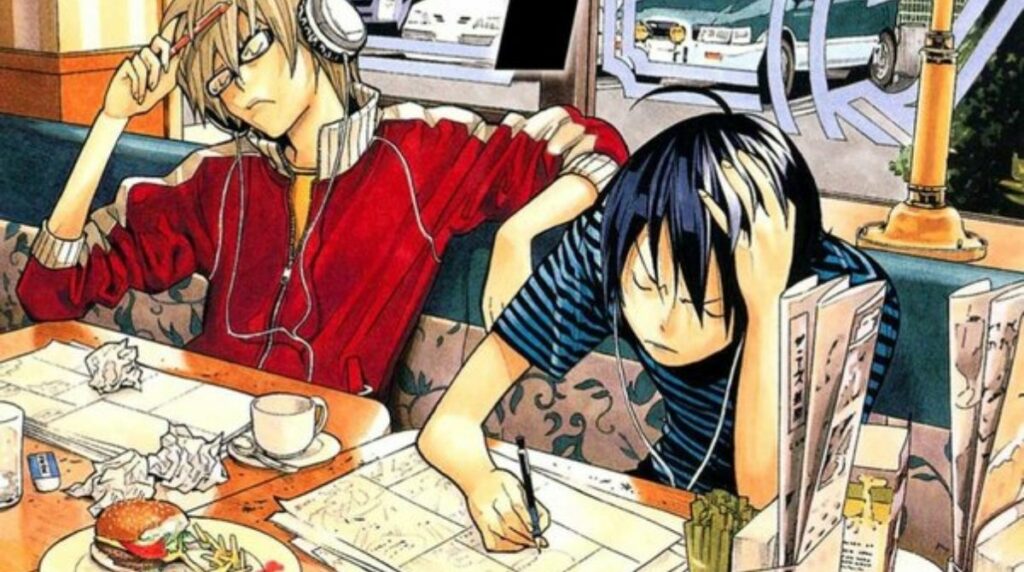
The Japanese word “mangaka” means manga artist or comic creator. It combines “Manga” referring to Japanese comics, with the suffix “-ka” denoting an expert artist or author.
A mangaka is involved in both writing and illustrating manga stories.
The term signifies manga creators are complete comic authors and artists overseeing all aspects of their publications.
While Japan is often said to be world’s cartoon kingdom, not a few people will surely be wondering what exactly the Japanese mean by the term ‘cartoon’. Unfortunately, there is no hard-and-fast definition that can be offered, since the members of this association lay claim to an extensive variety of works.
Takashi Yanase, Japan Cartoonists Association chairman in 2010
How to Become a Magnaka?
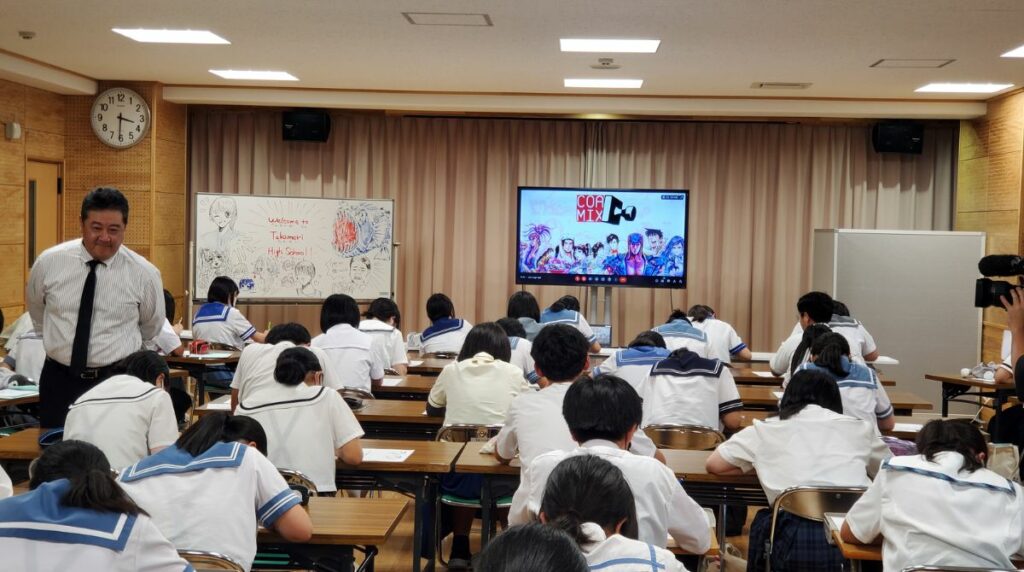
Becoming a professional manga artist requires tremendous dedication and effort over many years. It’s an extremely competitive field in Japan, with only a small percentage making it to the top.
The journey typically starts by developing a strong foundation of artistic skills and storytelling abilities.
Aspiring manga artists pursue education at art schools, vocational programs, or through mentorship by experienced pros.
After honing their craft as students, the next step is getting a foot in the industry door by becoming an assistant to an established artist. Assistants apprentice for years, learning by helping complete manga pages while also working on their own portfolio.
With enough practice, some are eventually entrusted with publishing short stories or one-shot manga.
Impressing editors is crucial to leveling up from assistant to lead artist status on a new or existing series.
Even lead manga artists don’t work solo. They collaborate with writers, editors, and teams of assistants to meet intense manga production demands during serialization.
Over a successful career, the top manga creators produce beloved series that get adapted into anime, films, games, and merchandising empires.
Mangaka’s Relationship to other staff
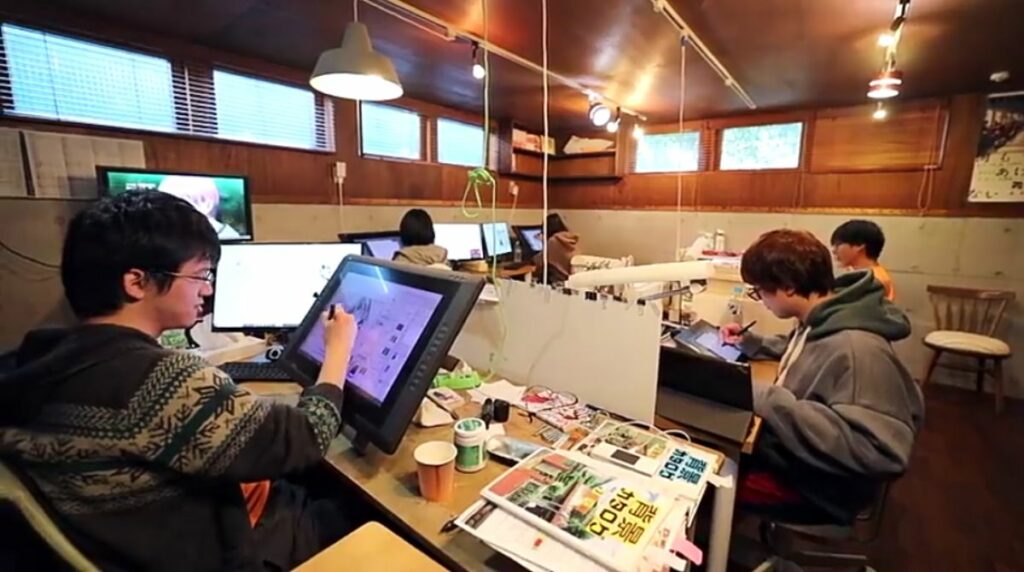
Manga artists rarely work alone – they rely on partnerships with others and are called Sensei.
Members that a Mangaka might have in his or her team are –
- Editors: They are like managers. Editors are essentially the bosses of manga artists at a publishing company. They oversee all aspects of manga production, from reviewing storyboards to enforcing strict deadlines. Editors help shape the direction of narratives and provide guidance to artists.
- Writers: Some manga artists handle both the writing and illustrations for their stories. Others team up with separate writers who provide the story while they focus on the artwork.
- Assistants: Most manga artists employ 3-5 assistants to help maintain their grueling serialization schedules. Assistants provide crucial support with background art, inking, lettering, and other tasks.
- Specialist assistant: Specialist assistants may also be brought in for specific skills like architecture, vehicles, or photorealistic rendering of the scenes. All assistants work closely under the supervision of the lead artist.
The main manga artist directs everything with their creative vision for the manga and leads the team to create the manga on time.
Working together brings unique skills. The artist provides overall art direction and story input. Editors guide project. Writers handle scripts. Assistants do support art.
Good relationships with editors, writers and assistants are key as these connections allow manga artists to focus on their strengths.
Mangaka Workload
Manga artists operate on razor sharp deadline to produce new serialized chapters on a weekly or monthly basis.
Most Mangaka routinely work long days, 6-7 days per week, to finish their manga on time.
A manga artist may be working on multiple series simultaneously, managing different storylines and schedules. Their assistants provide crucial support on background art and many other details, allowing the artist to focus on drawing the main characters and advancing the plot.
However, the lead artist is still responsible for incredibly high productivity.
To this day, most manga are still drawn by hand using tools like pens, rulers, and screentones1.
This traditional approach is preferred for its expressive results, even if digital methods are faster.
Artists move through defined stages from storyboarding to inking to final edits. Their work is reviewed by editors before publication.
Tight deadlines often force artists to operate on little sleep and food while racing to finish manuscripts. Successful manga artists have conditioned themselves to produce under pressure.
Their passion drives them to push through exhaustion and meet fans’ expectations. The relentless deadlines are challenging but provide a sense of accomplishment.
Mangaka Income

Manga artists’ earnings can vary substantially based on their success and experience.
For most, being a mangaka involves dealing with intense competition, long hours, and tight deadlines, with no guarantee of steady income.
In Japan, the average mangaka earns approximately ¥2,000,000 (around $19,000 USD) annually. However, top-tier mangakas like Eiichiro Oda (creator of One Piece) generate millions of dollars per year.
The primary ways mangakas generate income are:
- Page rates paid by publishers – New mangakas may receive ¥3,000-8,000 per page, while established artists can command ¥10,000 or higher.
- Royalties on published volumes, typically 10% of retail price.
- Revenue from merchandise, anime adaptations, and other ventures.
Additional factors impacting a mangaka’s earnings:
- Popularity and sales of their manga series – more successful series drive higher royalties.
- Length of series – long-running manga generates royalties over time.
- Volume of publication per year – increased output means increased royalties.
- Production costs – larger teams and high-end materials lower net income.
- Negotiation ability – experienced mangakas secure better contracts with higher pay and royalty rates.
Most Famous Mangaka
- Eiichiro Oda (One Piece)
- Akira Toriyama (Dragon Ball, Dr. Slump)
- Masashi Kishimoto (Naruto)
- Hajime Isayama (Attack on Titan)
- Kohei Horikoshi (My Hero Academia)
- Rumiko Takahashi (Inuyasha, Ranma ½)
- Naoko Takeuchi (Sailor Moon)
- Osamu Tezuka (Astro Boy, Black Jack)
- Hiromu Arakawa (Fullmetal Alchemist)
- CLAMP (Cardcaptor Sakura, xxxHOLiC)
FAQ
Can I be a mangaka if I’m not Japanese?
Yes, non-Japanese artists can become mangakas, though it’s very difficult to break into the Japanese manga industry as a foreigner.
What makes a mangaka a mangaka?
A mangaka is primarily defined as someone who creates manga as a profession, working as either a writer or artist.
Who is the youngest mangaka ever?
Akiko Hatsu became a professional manga artist at just 11 years old when she published her debut work in 1963.
Why is it called mangaka?
“Mangaka” combines the Japanese words for comic (manga) and picture/artist (ka). So it literally means “manga artist”.

